The Camanachd Association will make another bid to increase the mandatory use of helmets and faceguards at shinty’s annual general meeting in Fort William next Friday.
Although it is currently mandatory all players wear a rule-compliant helmet and faceguard at training and in games, players aged over-21 can opt-out by signing a liability waiver prior to the start of each season.
The topic of helmets and faceguards in shinty has had a complicated history.
They were made compulsory for all players aged under the age of 17 in 2013.
It then became mandatory for players aged over-17 to wear helmets and faceguards following the 2020 Camanachd Association AGM – but with the caveat of the liability waiver opt-out option until 2030.
However, at the 2022 AGM, members then voted to increase the mandatory age group without the option of the liability waiver opt-out to all players under the age of 21.
And they also fell just two votes short of introducing a minimum requirement of helmets without faceguards for all players (with no opt-out) amid safety pleas.
What are the proposals?
Ahead of the 2023 AGM, three proposals relating to byelaw 1 have been put forward as special resolutions, thus requiring the support of three quarters (75%) of members entitled to vote to succeed.
The proposals are:
- Helmets and faceguards are made mandatory from 2024, with the only exception being First Shinty tournaments when different camans and balls are used.
- Helmets are made mandatory from 2024, with liability waivers for faceguards-only.
- Under-25s must wear a helmet with faceguard from 2024.
If the first proposal passes, then the second and third proposals will be withdrawn.
If the first proposal fails, then the second and third proposals will be presented to the AGM.
Retired GP Dr Wilson Banks has been involved with Skye Camanachd, SCOTS Camanachd and the Camanachd Association and is an advocate of the use of shinty helmets.
He said: “We’ve seen the mandatory introduction of helmets and faceguards in hurling dramatically reduce instances of head trauma.
“They give protection from structural skull and facial injuries, but won’t stop all injuries by a direct hit from a caman – however, eye injuries can have life-altering consequences, dental injuries can lead to prolonged courses of treatment and facial soft tissue injuries can lead to scarring.
“Anything that reduces such instances of head and facial injuries is to be welcomed.
“Players are shinty’s biggest assets and the vast majority of head, facial, eye and dental injuries are preventable, so the mandatory wearing of helmets and faceguards should be introduced during matches and in training.
“Insurance companies may also become reluctant to insure players who decide not to wear helmets and faceguards.
“Helmets offer little in the way of protection from concussion, but shinty has fewer instances where concussion may occur compared to football or rugby.
“Helmets are being developed which are more effective against concussion, but these can cost around £500 at present.”
‘Helmets the only way to ensure shinty safety’
Camanachd Association national manager Ronald Ross added: “Wearing a helmet is the only way to ensure you can enjoy shinty safely.
“When I was younger, I never wore a helmet as it simply wasn’t a thing, and I didn’t appreciate the importance of doing so. I just wanted to play.
“There will be hundreds of players out there in the exact same position now.
“But it is our duty as clubs and associations to be the guardians of our players’ well-being, to make decisions which enhance their safety, and there is no question that making helmet-wearing compulsory is the only way to achieve that.”
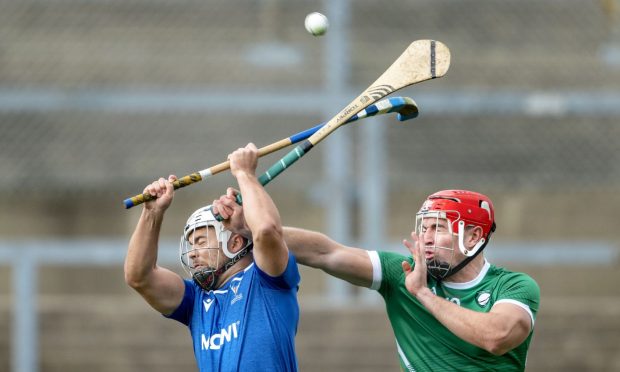
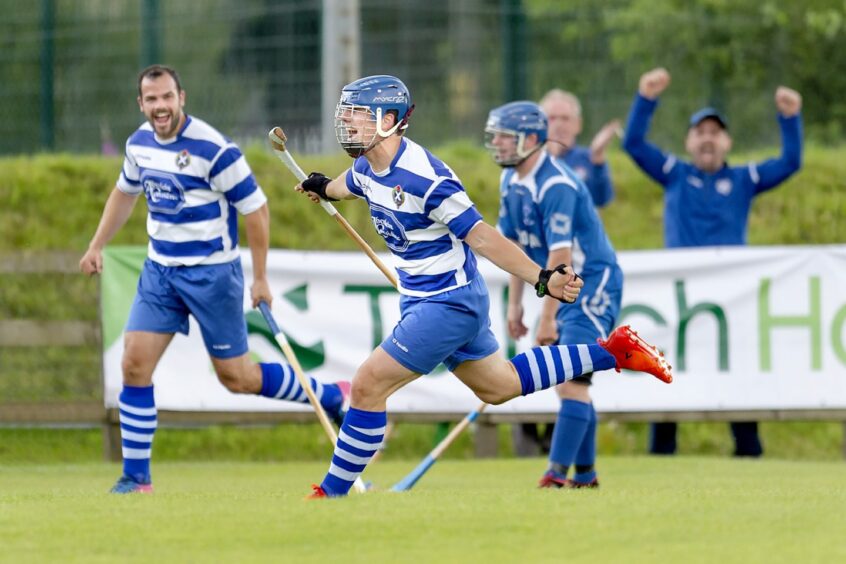
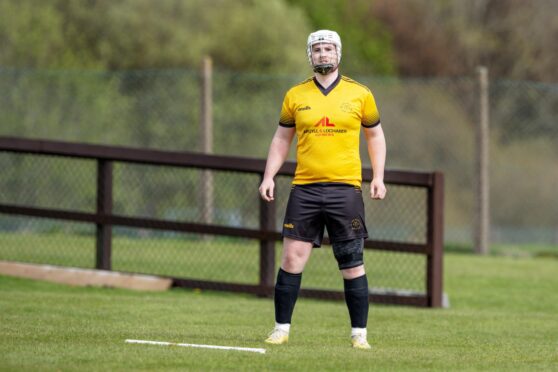
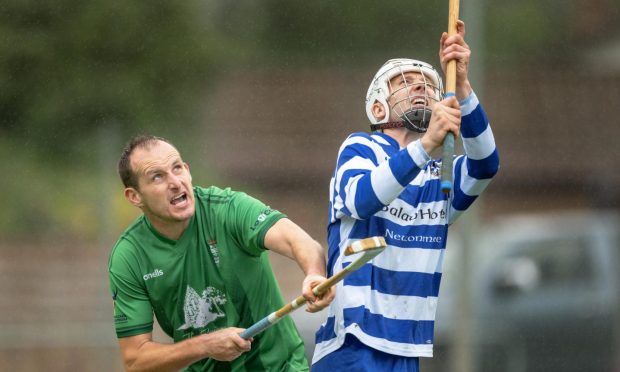
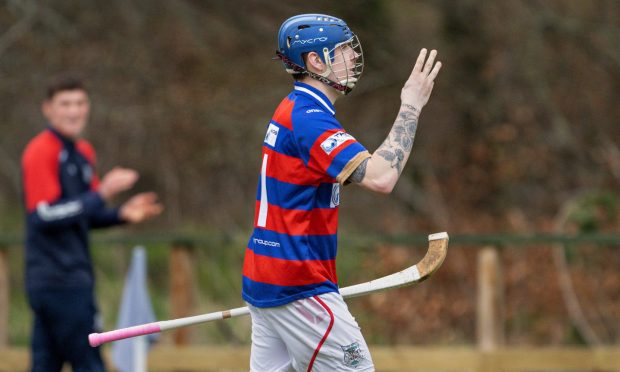
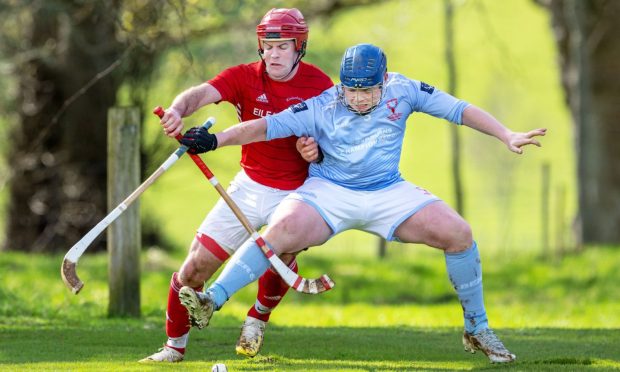
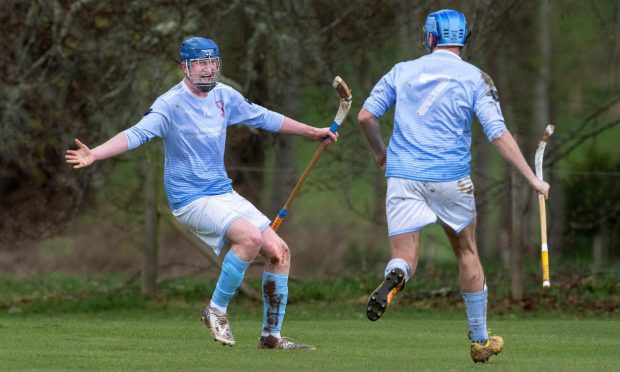
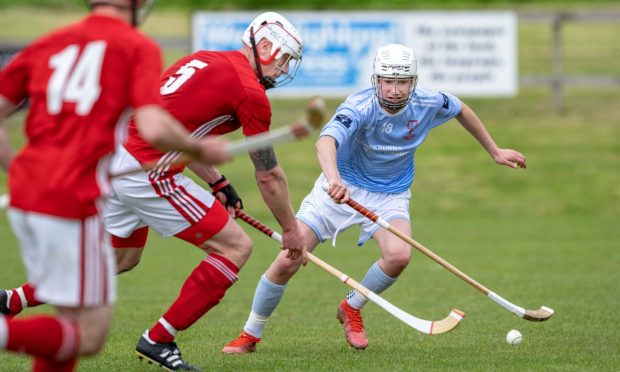
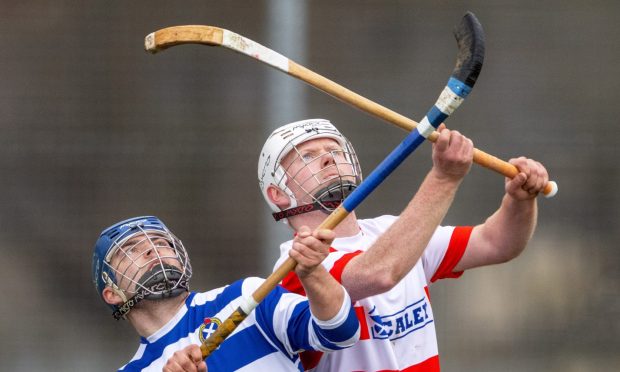
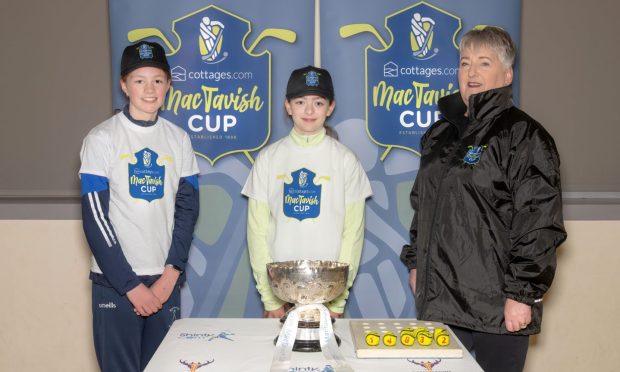
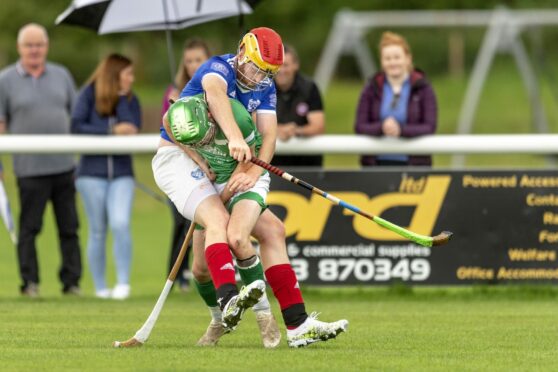
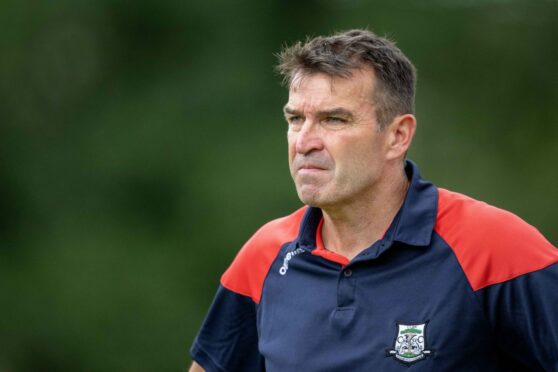
Conversation